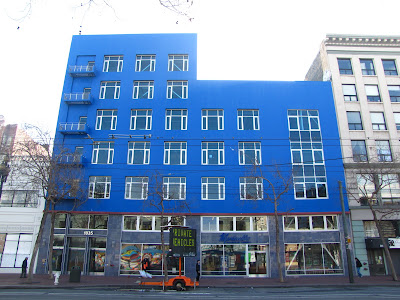Architecture and Urban Landscapes
- indirect portraits-created of the people when you take pictures of the buildings and homes in your neighborhoods, towns, and cities
- architectural photography is a great way to examine the formal aspects of design
- because through elements of art and principles people created the buildings that make up our cities and towns
- Looking Back
- towards the beginning of photography, architecture was a popular subject for photographers
- two reasons
- early films were really slow
- buildings were stationary
- Charles Negre (1840s)-began to use photography to create studies for his paintings.
- Frederick H. Evans (1890s-1920s)-considered one of the greatest architectural photographers in the history of medium.
- Eugene Atget (1890s)-photographed Paris and its surrounding towns and produced about 10,000 images.
- Photographing the Built Environment
- Thinking Artistically
- architecture photography can be an exploration of abstract images
- you can use line to lead the viewer's eye through the photo
- a structure's setting is an important consideration when composing an architectural image
- "personality" - relationship between building and the things around it
- pattern-the repetition of any of the elements of art
- usually a part of every image; we should learn to look for them















